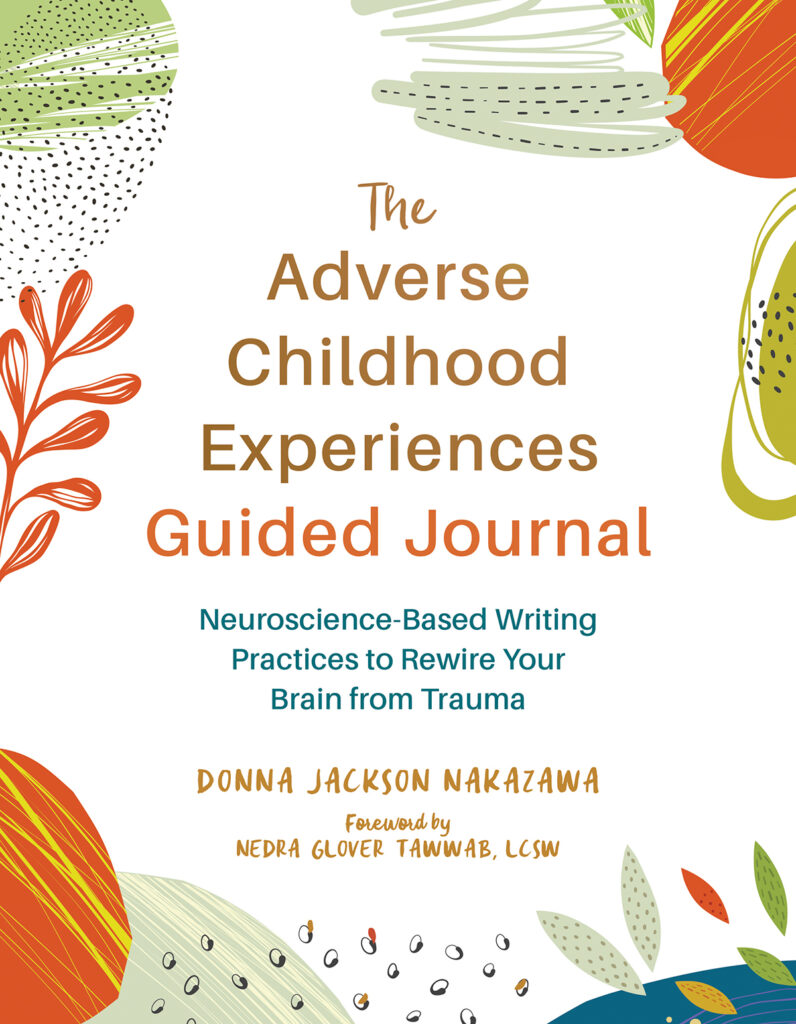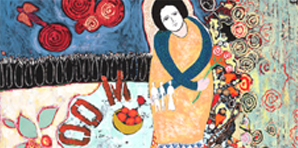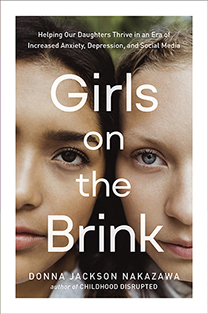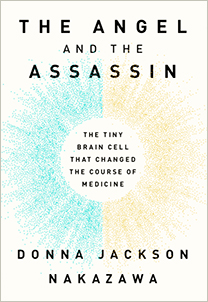Do you ever find yourself trying to show up for your child in the hard moments, unsure what to say, afraid of getting it wrong? You are not alone.
And here’s the good news, You don’t have to do it perfectly. You just have to stay present.
Why Connection Matters

(Image Source: edsavi30 / Pixabay)
One of the most powerful protective factors in a child’s life is a strong, nurturing relationship with a caring adult. Research shows that the odds of a child flourishing are twelve times higher when they know they can turn to an adult with anything, no matter how difficult.
In other words, how safe your child feels with you can shape their ability to face stress, navigate challenges, and even heal from trauma.
That’s because the opposite of trauma isn’t calm or control, it’s connection.
When your child brings you something hard, like a confession, a mistake, or a big emotion, how you respond in that moment tells their brain, “I’m safe here.” OR “I’m not.”
Every small moment of safety adds up. It builds trust. It builds resilience. And it makes it more likely your child will come to you next time, when the problem might be much more important.
Two Ways to Respond with Connection
Here are two powerful examples of how you can respond to your child in a way that supports connection and trust:
- Acknowledge when something is hard to talk about.
You don’t have to pretend you have it all figured out. In fact, your honesty can create instant relief. Try saying:
“This topic is hard to talk about, even for me, as an adult.”
This simple admission helps normalize discomfort and models emotional bravery. Your child learns that they’re not wrong for feeling unsure or scared, and they’re not alone in it. - Stay curious. Be prepared to learn something you didn’t know. Don’t assume you know what a young person is feeling because you probably don’t.
When your child is upset, it is easy to jump in with solutions or assumptions. But the truth is, you might not fully understand what they are feeling, and that’s ok. Try saying:
“I want to understand what this is like for you.”
This invites your child to share their inner world, rather than shutting down or trying to meet your expectations. Your curiosity tells them they’re worthy of being known.
Listening is Neuroprotective
When you listen with patience and presence, without interrupting, fixing, or judging, you’re not just helping your child feel emotionally supported. You are also literally helping their brain wire for safety, regulation, and resilience.
This kind of intentional listening is neuroprotective. It helps buffer the impact of stress and trauma, and it lays the groundwork for healthier relationships, both with you and with themselves.
Want More Support?
If you’d like more examples of how to respond with connection, I’ve put together a guide with 12 neuroprotective ways to talk to your child in a way that supports healing, trust, and wellbeing, which you can find in my latest article on Substack.
We heal together💖
Donna

P.S.
I’ve been giving my healing courses away this month for 30% OFF. This is your chance to begin or support your healing through a powerful journaling process, based on the innovative, trauma-informed, mindful Neural Re-Narrating™ program I’ve taught at universities and behavioral health groups nationwide. Plus, the coursework is yours forever, so you can buy now and begin whenever it is most convenient for you!
Use code MAY30OFF.
✨MY COURSES:Writing-to-Heal online courses


















